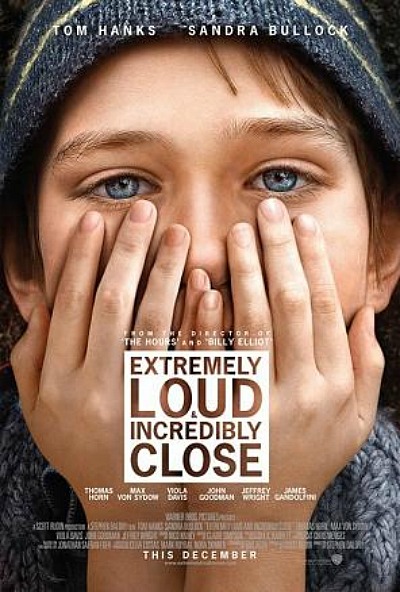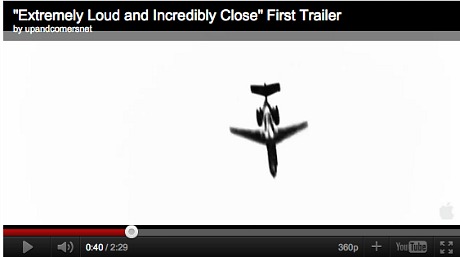In a 9.29 piece called “Generation Next: The Realignment,” Marshall Fine makes various calls about where certain actors are in their careers, sinking- or rising-wise. Most of Fine’s assessments are no-brainers, but I’m wondering if HE readers generally agree or not.
Assertion #1: “Larry Crowne marked Tom Hanks, who is now 55, as a star who can no longer open a movie. [He] isn’t a star who is attractive to the demographic — the 18-to-34 crowd — that crowns box-office stars. And the audience that is interested in Hanks — i.e., those closer to his own age — aren’t rushing out to see movies on their opening weekend.” Wells response: Larry Crowne fizzled because it wasn’t good enough.
Assertion #2: Hanks “had his best decade as an actor in the 1990s,” but “like Harrison Ford, Tom Cruise, Bruce Willis, Mel Gibson, Kevin Costner and a few others, he came into stardom in the 1980s” and, Fine implies, is not likely to revisit that plateau again. Wells response: Agreed — Hanks is no box-office powerhouse, but he’s still “Tom Hanks.”
Assertion 3: “Tom Cruise still remains a force. But the young generation of moviegoers accepts him as a star because, to them, it’s received wisdom; they didn’t crown him and, before we know it, they’ll ignore him the same way they ignore other superstars in their 50s – as someone their parents liked. (Sean Penn is part of Cruise’s cohort – but he’s never been a box-office force.)” Wells response: The older Cruise gets, the more interesting he becomes. Nobody pushes harder at delivering quality goods.
Assertion #4: Descendants star and Ides of March director-cowriter-star George Clooney “has hit his superstar peak, and is now at about the same point where, say, Cary Grant was in the 1950s.” Wells response: For whatever reason I hadn’t thought of Clooney in this light. He’s at his To Catch A Thief phase, which is to say he’s got 10 good years left, 15 at the outside.
Assertion #5: “Everyone knows who Clooney is, as well as his cohort: Brad Pitt, Hugh Grant, Robert Downey Jr., Johnny Depp, Will Smith, Denzel Washington, Russell Crowe. They’re a generation of actors who picked up the gauntlet in the 1990s, battled their way through heartthrob and flavor-of-the-month status to achieve a certain longevity. They’ve now reached their prime or are just gliding past it.” Wells response: All these guys are right in their moment. No fade, no leaky gas tank, no starting to glide past it.” Except, possibly, for Smith because he’s so afraid of doing anything that isn’t in his popular fan-base wheelhouse.
Assertion #6: “Ryan Gosling is now where Clooney or Pitt were 15 years or so ago: an actor with some strong credits but not quite the mass-audience awareness.” Wells response: There are people out there who are still going Ryan who”? Really? Even that dumb-sounding girl who took the video of Gosling breaking up a Manhattan street fight called him “that Notebook guy.”
Assertion #7: “Leonardo DiCaprio is the biggest superstar among the youngest group of name actors — Gosling, Joseph Gordon-Levitt, Jake Gyllenhaal, Ewan McGregor, James Franco, Adrien Brody, Seth Rogen and Jesse Eisenberg.” Wells response: Yeah, sure, whatever.
Assertion #8: “It’s a marker when Paramount has dumped a Warren Beatty project (i.e., Hughes), but also a symptom. Jack Nicholson is Jack Nicholson; if he hasn’t retired (as Gene Hackman has), he’ll show up and surprise us sometime soon. Robert De Niro and Al Pacino keep working and undoubtedly still have great work in them; whether they’ll be offered material worthy of their talent (and whether they’ll select it) is another question. And Clint Eastwood, ever the contrarian, keeps directing (and occasionally acting) into his 80s.”
“So there it is — a glimmer when you can see both into the past and into the future at the same time,” Fine concludes. “Time is the conqueror – and the wheel keeps turning.





